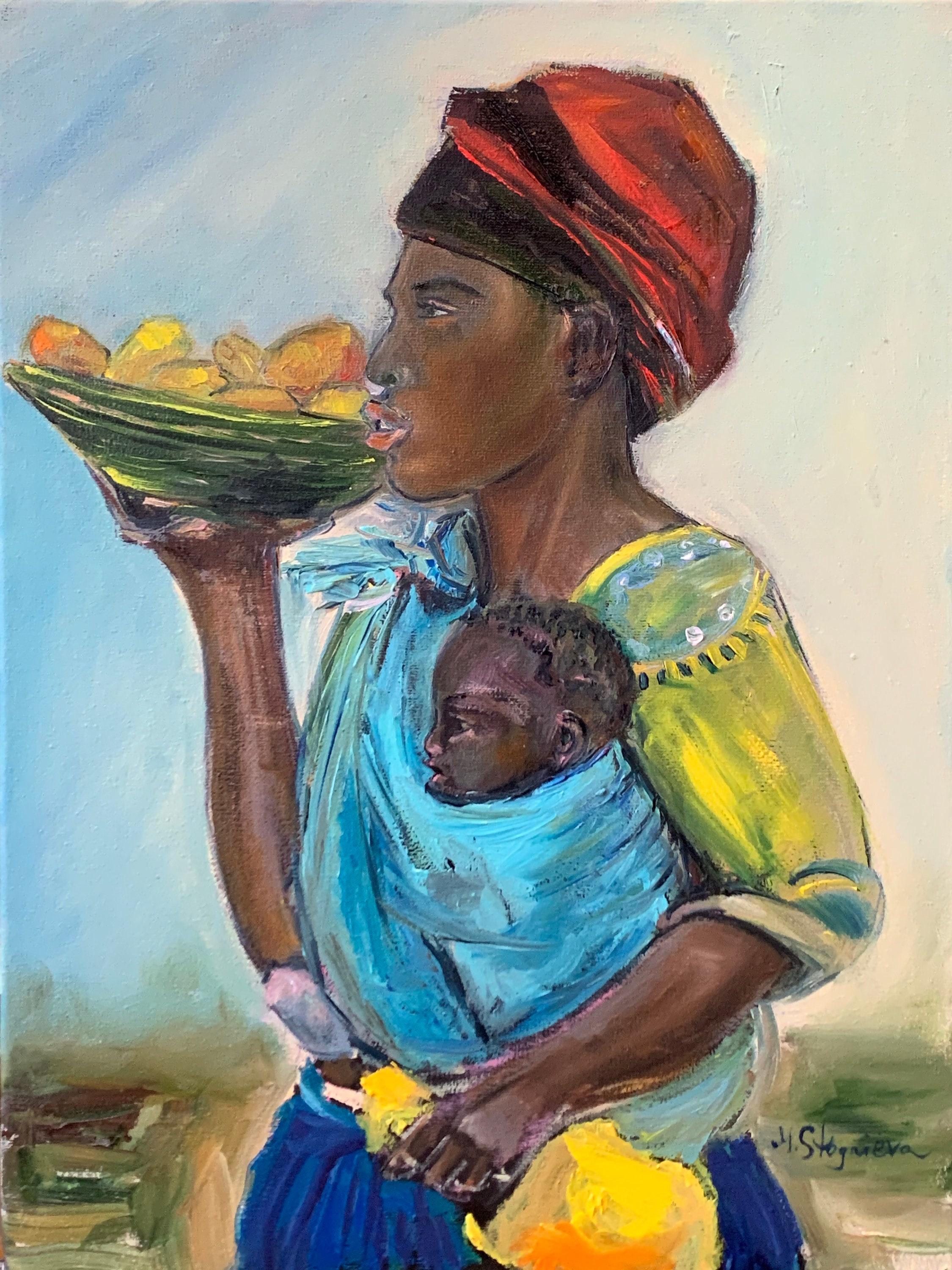

So I must plan on not copying these colors literally. And the lips look like she is wearing lipstick (which will age her a bit). This is for inspiration, as amping it up too much will look fake.Ĭan you see how red the color is around her eyelids? I’ll want this to be much more subtle. Color intensified by pumping up reds and yellows. I will need to use color, but in this particular portrait, I will not emphasize much color, except in the hair. Either the portrait is dull or TOO amped up and becomes a bit garish. Beginning painters often don’t know from experience where or when to amp things up. I can imagine having great fun with some vibrant golden tones in her hair, but I’ll have to be really choosey where I use it. Here I’ve increased the saturation of the reds and the yellows because that is what drew me to this reference photo to begin with. In a photo editing program, play with the intensity (the chroma) of the colors to pump up a few of the colors you would like to emphasize.

If you have a photo editing program, you can go even further and posterize the image to divide the areas into black and white groupings for you. Reduced to black and white for easier value identification How cool is this? It has fairly good lighting where I can see value shifts fairly easily.īut in case I need assistance, I always print off the reference photo in black and white so that I can see the values without the distraction of color even better. Here is the image I saved that was generated from that site that I’ll use to create this demo: original photo from So, I have a small library of faces that I have collected from this site for the purposes of teaching art and for portrait studies. Hitting your back button on your browser will have no effect, sadly. So hit SAVE and file away the image even if you only sort of like it, because once it’s gone, it is vaporized digitally. Remember, this is a computer image generating program. HINT: When surfing the program, each time you hit “ANOTHER” on the bottom information box, that image will be forever gone. The beauty of the site is that the person does not actually exist and you can safely create from that photo without infringing on anyone’s rights. Not to mention people have rights to their own image and you don’t want to be sued by someone if you create a great piece of artwork and it goes viral online. It is illegal to create a new piece of artwork from a photo someone else has taken unless you get permission, because that photo is an intellectual property belonging to that creator. It’s brilliant for artists and illustrators because if you are using a photo of someone you MUST get a model release form signed by that person for legal reasons. The finished photo is a picture of a human who actually DOES NOT EXIST! Say whaaat? Yes, it uses GAN (generative adversarial network) programming. If you would like a great reference for painting people from photos, check out this site: It is a unique computer-generated image site where a computer program slices features from a library of existing model faces and splices them into a new face. If the lighting is flat in the photo, then your finished portrait could look dull and uninspiring. If painting from photos is your first choice (and portrait artists may typically take 100 – 500 photos of their subject for home reference) then lighting is still of paramount importance.

Ya just gotta be able to see the differences in the value planes on the face and lighting is key.
#Portrait painter with canvas professional#
One of the biggest surprises that I learned from professional portrait artists is how vitally important lighting is if you are going to use a live model. This demonstration will be using thin layers to achieve a smooth finish in my acrylic portrait painting. If you are trying to make it look like oils with buttery consistency and flawless blending, then you’ll need to use a few additives to the paint and keep the paints themselves wet on the palette, or use a multi-layer approach with greatly thinned down paint.


 0 kommentar(er)
0 kommentar(er)
